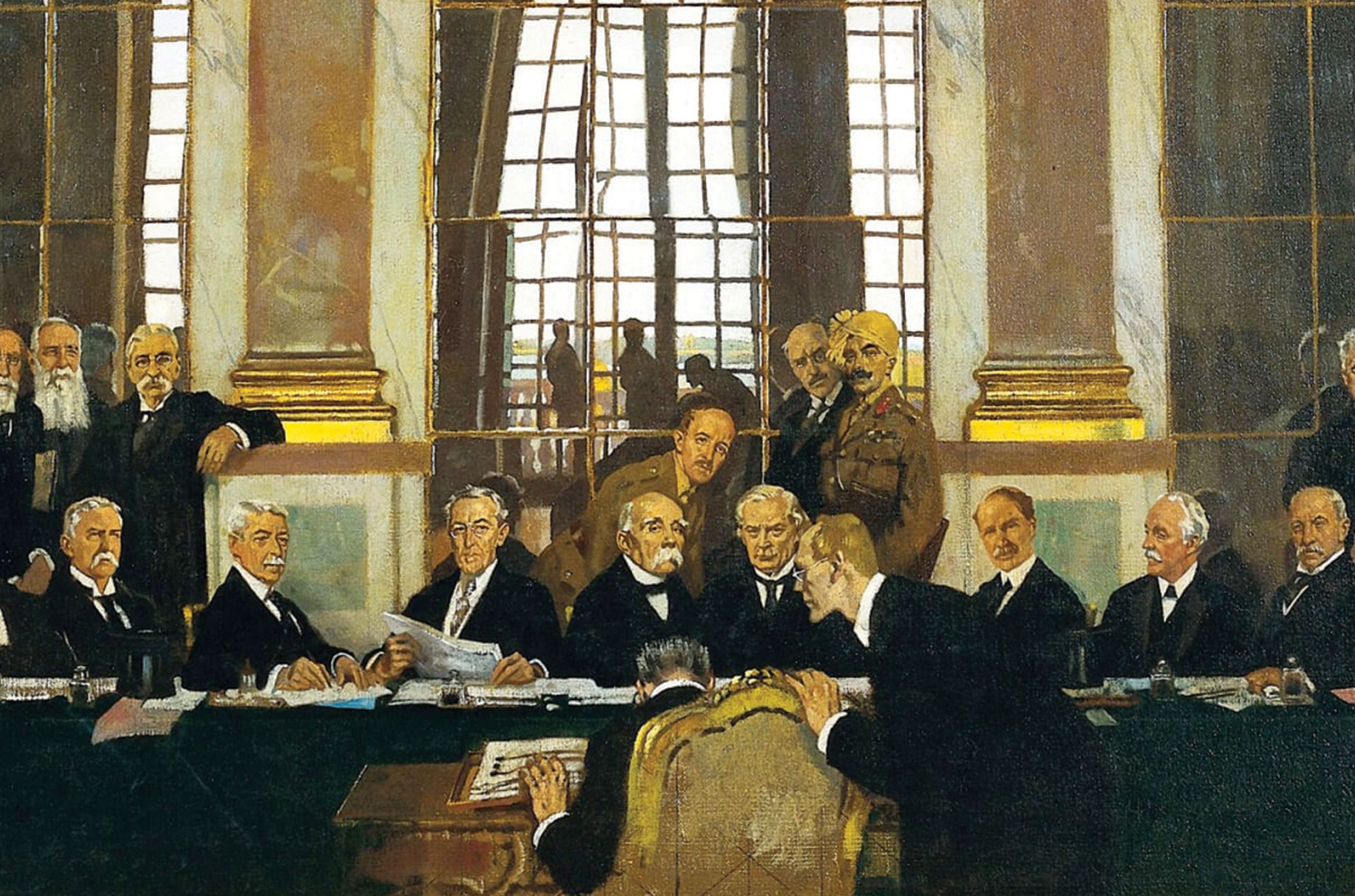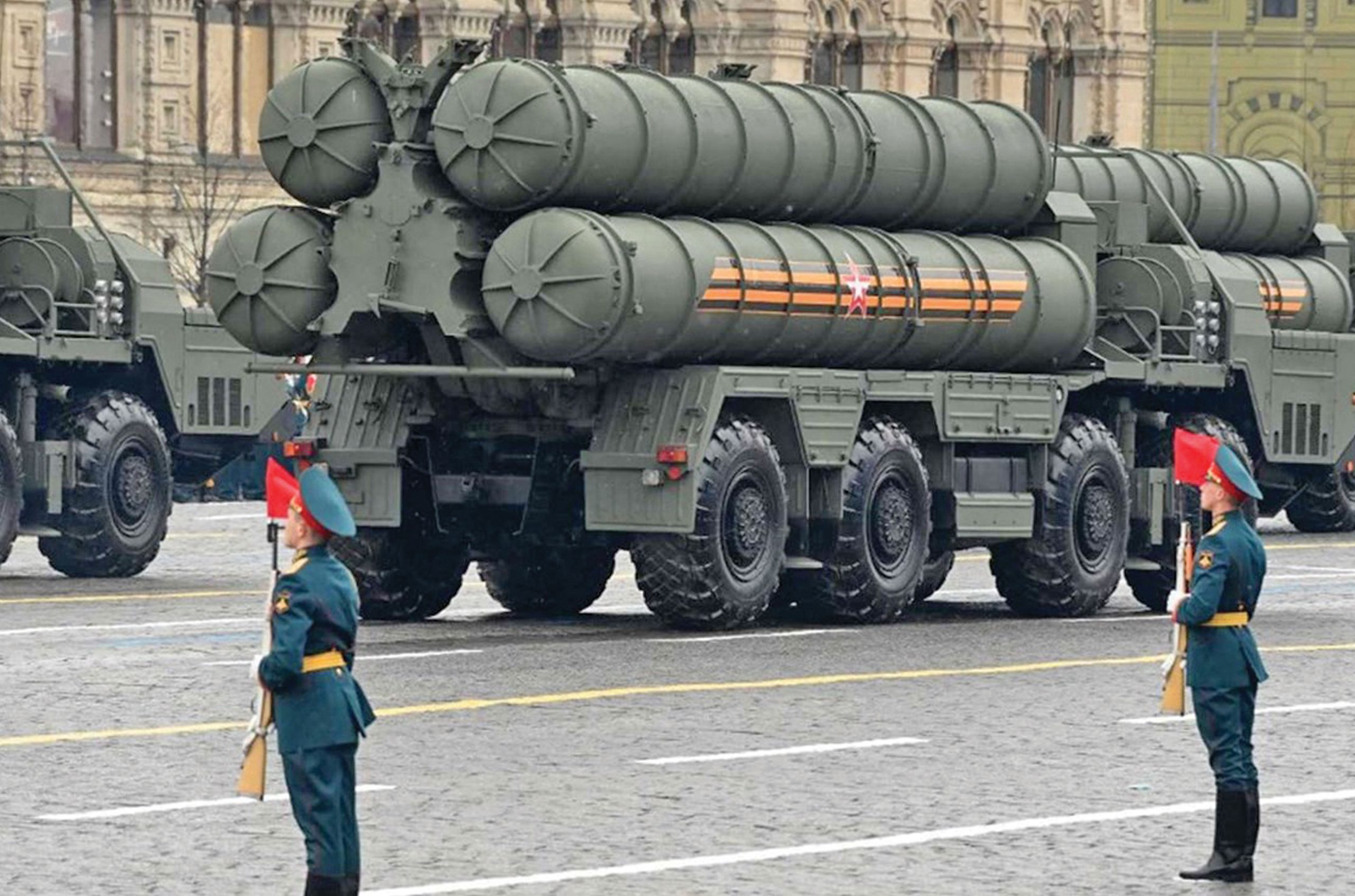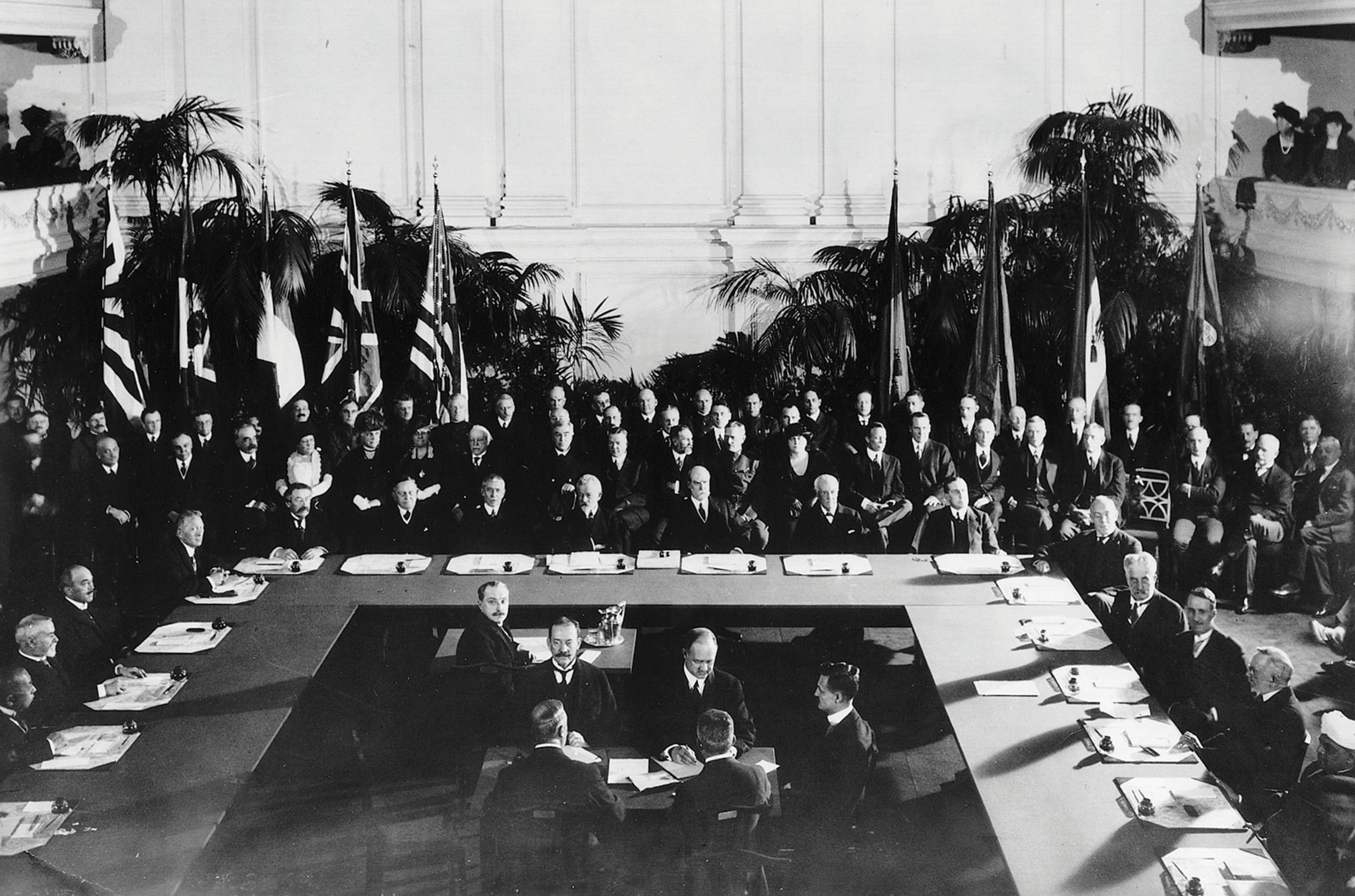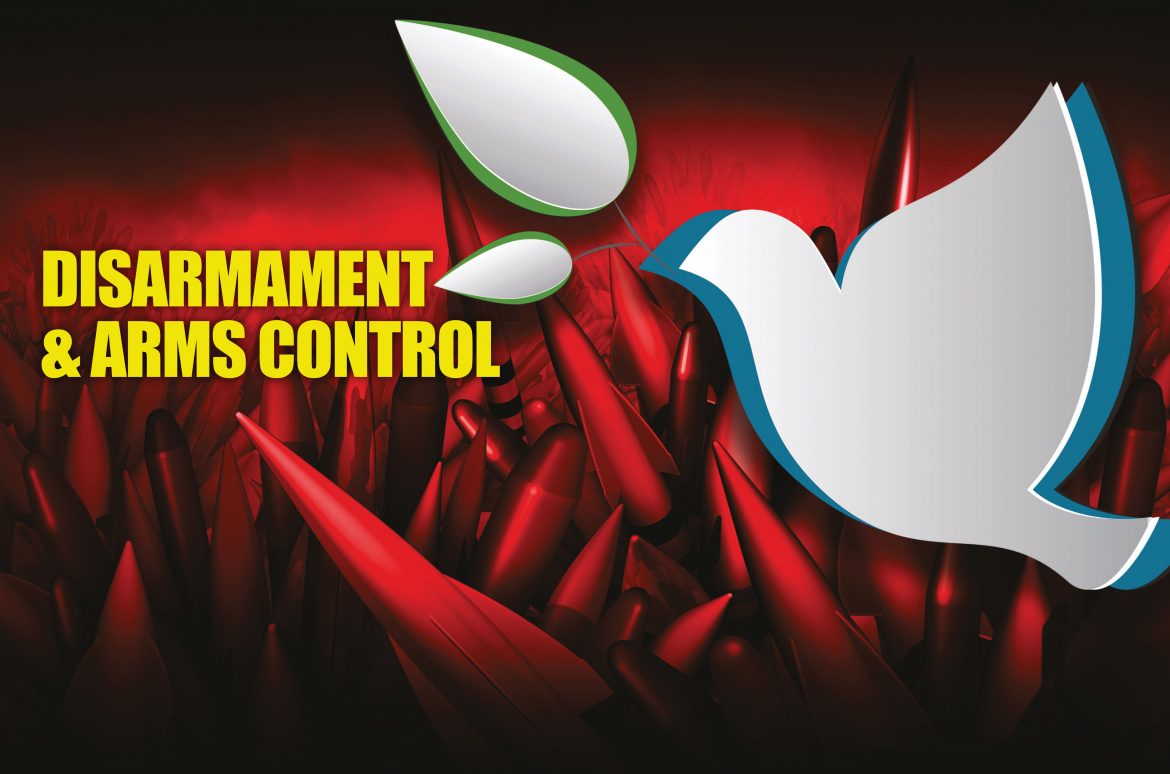Mankind’s history is full of violence and war, however, there have been repeated attempts at making and securing peace over the years, as well as efforts to limit the dire consequences of war, and people have been hoping for disarmament and proliferation control of weapons and armed forces for over millennia, yet new weapon systems are being developed and defense spending is on the rise even today.

As far back as the 7th century BC, the Greek city-states jointly agreed within the so-called “Amphibian League” to protect the temples of Demeter at Antila and Apollo at Delphi. The ancient Greeks managed to reach an agreement that in the event of war, cities should not be cut off from the water supply or completely destroyed, and historical sources suggest that the most prevalent form of disarmament was imposed on the loser of the war. For example, in ancient times, and specifically in the aftermath of the Second Punic War (201-218 BC), victorious Rome demanded that Carthage give up all but 10 of its war elephants as well as all but 10 of its warships, and to prove their power and dominance, the Romans burnt hundreds of Carthaginian ships in front of the city gates.
During the Middle Ages, the Roman Catholic Church tried to use its influence in Europe to limit the forms of war, and in the 9th and 10th centuries, local and regional Pax Day agreements were made to protect the clergy, their property, and the non-combatant poor, and In 1675, France and Germany banned the use of poisoned bullets. Along with the development of more effective weapons, there have been international movements advocating peace in the 9th century and calling for disarmament, and during this period, disarmament and arms control efforts gained international momentum.
The International Peace Conferences, held at The Hague between 1899 and 1907, brought together the most powerful nations in the world, and despite their failure to agree on steps toward disarmament and principles for the peaceful settlement of international disputes, diplomats were able to agree on standards of conduct in war, including a ban on the use of poisonous gases, however, when World War I broke out a while after, some of the signatories didn’t adhere to the agreed-upon laws and standards. After the horrors of World War I, pressure for disarmament and arms control was on the rise again, and anger was widespread at the war’s enormous cost.
The common belief was that the war was a result of the escalation of the arms race in the previous 50 years between the great powers.
The most prevalent weapon in World War I was mustard gas, a chemical weapon so horrific, that it sparked post-war calls for de-escalation and the Geneva Protocol of 1925 once again banning the use of poisonous gases and biological weapons. Although the Treaty of Versailles effectively disarmed Germany, a clause was introduced calling for all the great powers to gradually disarm over a period of time, and the newly formed League of Nations made this objective clear in the League’s Charter, which obligated its signatories to reduce armaments to the minimum consistent with maintaining national integrity and the implementation through joint action of international obligations.
Then other Geneva Conventions formed the foundations of international humanitarian law, including the establishment of rules and regulations regarding the treatment of prisoners of war.
One of the achievements in disarmament was obtained through the Washington Naval Treaty, a treaty signed in 1922 between the major victorious nations in World War I that agreed to prevent an arms race by limiting naval construction, including the construction of barges, battle cruisers, and carriers Aircraft in the signatory countries, and a relative reduction in the number of warships for each country.
The treaty was signed by the governments of Great Britain, the US, Japan, France, and Italy, and the first World Conference on disarmament took place in 1932, where leaders of the conflicting parties met to discuss steps aimed at moving from disarmament to the complete abolition of offensive weapons and mechanisms to prevent future wars.
However, these initiatives did not succeed in preventing the Second World War, but despite the animosity, the dangers of catastrophic nuclear war led to renewed efforts for a nuclear weapons agreement, and by the 1960s a Partial Test Ban Treaty of nuclear weapons, banning both atmospheric and underwater tests, was agreed-upon.
In 1968, the Non-Proliferation of Nuclear Weapons Treaty was signed, and in the 1970s, the Soviet Union and the United States reached agreements over their nuclear arsenals, imposing various restrictions and cuts.
Nowadays, the Versailles Treaty of 1919 established far-reaching disarmament measures following the defeat of Germany and its allies in World War I.
In some cases, there have been unilateral actions in which a country independently decides to reduce its military capabilities and assets, such as Costa Rica which decided to completely disband its armed forces in 1948, becoming the only country in the world to do so.
In 1991, US President George W. Bush, in response to the new post-Cold War environment, announced a unilateral initiative to dismantle thousands of US tactical nuclear warheads, and shortly after, the then Soviet leader, President Mikhail Gorbachev, did the same.
There are also examples of disarmament and arms control agreements negotiated and agreed upon by individual countries, and arrangements of this type can be bilateral or multilateral.
By the end of the Cold War, the Treaty on Conventional Armed Forces in Europe in 1990 imposed restrictions on conventional weapons.
In 1997, the Chemical Weapons Convention came into effect, banning the possession of chemical weapons and ordering the destruction of any stockpiles in the possession of the treaty signatories, and additional progress has been made in nuclear disarmament.
In the 21st century, disarmament and arms control played a key role in international politics because of the huge arsenals that still exist today.
People became increasingly concerned about the possibility of a nuclear disaster, so governments shifted their focus to the task of preventing the proliferation of nuclear weapons even more, however, militarily advanced countries insist on maintaining their “freedom of action” and do not want to lose their technological advantage in the development of new weapons technologies such as defense Missiles, drones, and high-precision guided munitions because of binding international agreements.

Terms and definitions
While the terms disarmament and arms control are often used in the same sense, they do not have the same meaning, as experts and researchers explain that these two terms reflect related but different fields within the same topic.
Arms control measures used to fall under the umbrella term of “disarmament”, but after 1945, as the United States and the Soviet Union’s confrontation with weapons systems and forces in the Cold War, the term “arms control” was used to describe all measures aimed at the reduction of tensions between the nuclear superpowers.
After the Cold War, the focus of arms control measures shifted to the efforts of nuclear nonproliferation to other powers in general, and missile technology and nuclear weapons in particular, and these two terms can be defined as follows:
1- Disarmament: Disarmament is the process of removing weapons (particularly offensive weapons) from the possession of forces either unilaterally or mutually. It may refer either to reducing the number of weapons, or eliminating entire categories of weapons through cooperation, treaties, agreements, and oversight. The term may refer to a specific type of weapon, the most famous of which is the disarmament of weapons of mass destruction such as nuclear weapons. It may also apply to weapons in the hands of conflicting groups in a country.
2- Arms control: Arms control generally refers to mutually agreed-upon restrictions or controls (usually between countries) on the development, production, stockpiling, proliferation, deployment as well as use of forces, small arms, conventional weapons, and weapons of mass destruction under bilateral or multilateral agreements or arrangements.
Arms control includes agreements that increase the transparency of military capabilities and activities to reduce the risk of misinterpretation or miscalculation, as well as agreements aimed at reducing the risk of war and minimizing the negative effects of war on people. This is why the concept of “arms control” also includes tools to enhance transparency and build confidence, for example through mutual monitoring and inspection, as well as setting limits to arms. The application of international humanitarian law to protect people and the environment in situations of war also falls under the concept of arms control.
Motives for disarmament and arms control
Both disarmament and arms control depend on the ideas and goals that shape foreign and security policy as well as the military strategy of states, however, the internal strength of each country’s “military-industrial complex” (a term used by US President Eisenhower) maintains influence on the formulation of external, military, and disarmament objectives. Most countries have long considered military power to be the key to national security as well as achieving and expanding influence in the world and ensuring access to natural resources or land. Therefore, it’s not surprising that success regarding disarmament and arms control efforts has been scarce. However, there are motives that support these efforts leading to multiple disarmament agreements, under certain historical circumstances, and these motives include:
• Concerns about the stability of international relations and the power position of each party.
• Real or assumed military advantages resulting from disarmament and arms control agreements.
• Opportunities for saving money in the arms sector through the abandonment of weapons that have no military value.
• Agreement on rules of conduct in war (treatment of prisoners of war, and the distinction between soldiers and civilians) that are in line with the interests of the public.
• Public objections and peace movements that oppose the destructive potential of war, demand action to alleviate human suffering in war, and offer a moral, political, or social critique of the dangers of military buildup, thus putting pressure on policymakers at both the national and international levels.

Conventional disarmament: Conventional weapons mainly refer to all types of weapons, except weapons of mass destruction, this includes weapons such as mortars, mines, tanks, lasers, space weapons, or autonomous weapons systems. The main agreements related to conventional disarmament include conventions or restrictions on the use of certain conventional weapons that are considered excessively dangerous or cause unacceptable collateral damage. The Ottawa Treaty banning the use, stockpiling, production, and transfer of antipersonnel mines and ordering their destruction, has proven its effectiveness and led to the elimination of that market, as well as a notable decrease in the number of casualties resulting from mine explosions. The Convention on Cluster Munitions (CCM), called the Oslo Convention, includes a comprehensive ban on cluster munitions and significant commitments to eliminate cluster munitions. The United Nations Program of Action to Prevent, Combat, and Eradicate the Illicit Trade in Small Arms and Light Weapons is considered a political declaration and an important first step in international efforts aimed at reducing human suffering resulting from the illicit trade and misuse of small arms and light weapons. The Organization for Security and Co-operation in Europe (OSCE) document on Small Arms and Light Weapons (SALW) aims to prevent the indiscriminate proliferation of small arms and light weapons and the security problems they cause, and while the politically binding “Small Arms and Light Weapons Document” does not have legal status, its strength lies in its comprehensive coverage.
The Firearms Protocol of the United Nations Convention against Organized Crime, also known as the “Palermo Convention”, specifically covers the illicit trade in firearms but also includes provisions on the legal transfer of arms.
This protocol also deals with international crime, such as the small arms arsenals of drug traffickers and terrorists, and sets provisions regarding the export licenses or permits, records, information exchange between authorities, and marking of firearms at the time of manufacture, import, and export.
Disarmament of WMDs A stable and peaceful international order requires controls over nuclear, biological, and chemical weapons, as well as other types of weapons and sensitive dangerous materials, in addition to the regulation of behaviors of both states and individuals.
The proliferation of weapons of mass destruction refers to attempts by states or non-state actors to develop, acquire, use, manufacture, or transport nuclear, radiological, chemical, or biological weapons or devices and their means of delivery or related materials, including precursors. Disarmament efforts include the nonproliferation treaty (NPT), the Convention on the Prohibition of the Development of Production, Stockpiling and Use of Chemical Weapons and on Their Destruction, and the Convention on the Prohibition of the Development, Production and Stockpiling of Bacteriological (Biological) and Toxin Weapons and on Their Destruction. However, over nearly a decade, there has been little progress in multilateral arms control in general, and there were several cases in which states have violated their obligations under arms control treaties, undermining confidence in the value of global arms control agreements as tools for building security, and while history has repeatedly witnessed breakthroughs through such efforts to agree on disarmament and arms control, the world is still far from achieving anything like the goal of “complete nuclear disarmament under strict and effective international control”, to which almost every country committed itself in 1968 by signing the Nuclear Non-Proliferation Treaty.
«Retired Colonel Eng. Khaled Al-Ananzah (Advisor and Trainer in Environmental and Occupational Safety)













